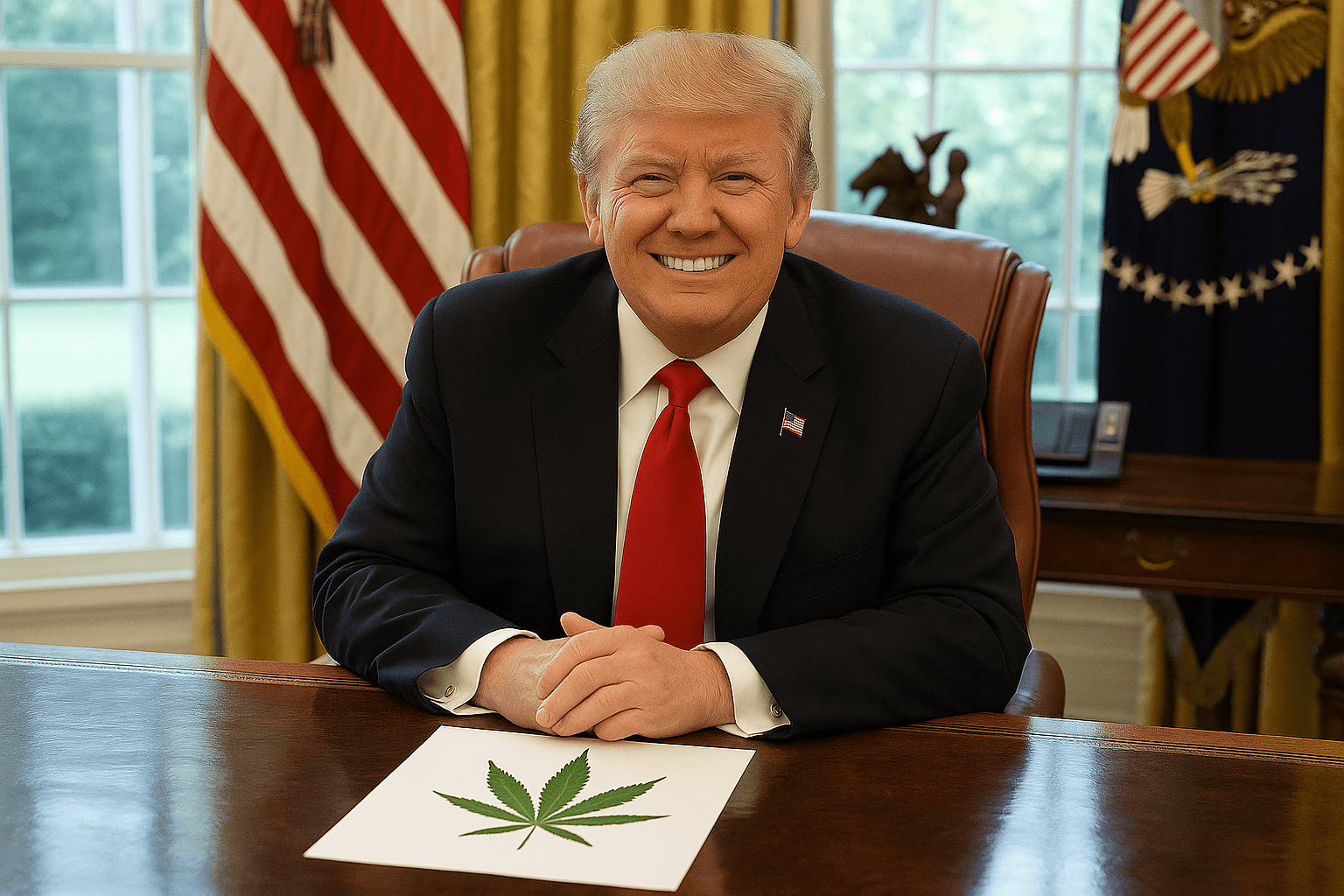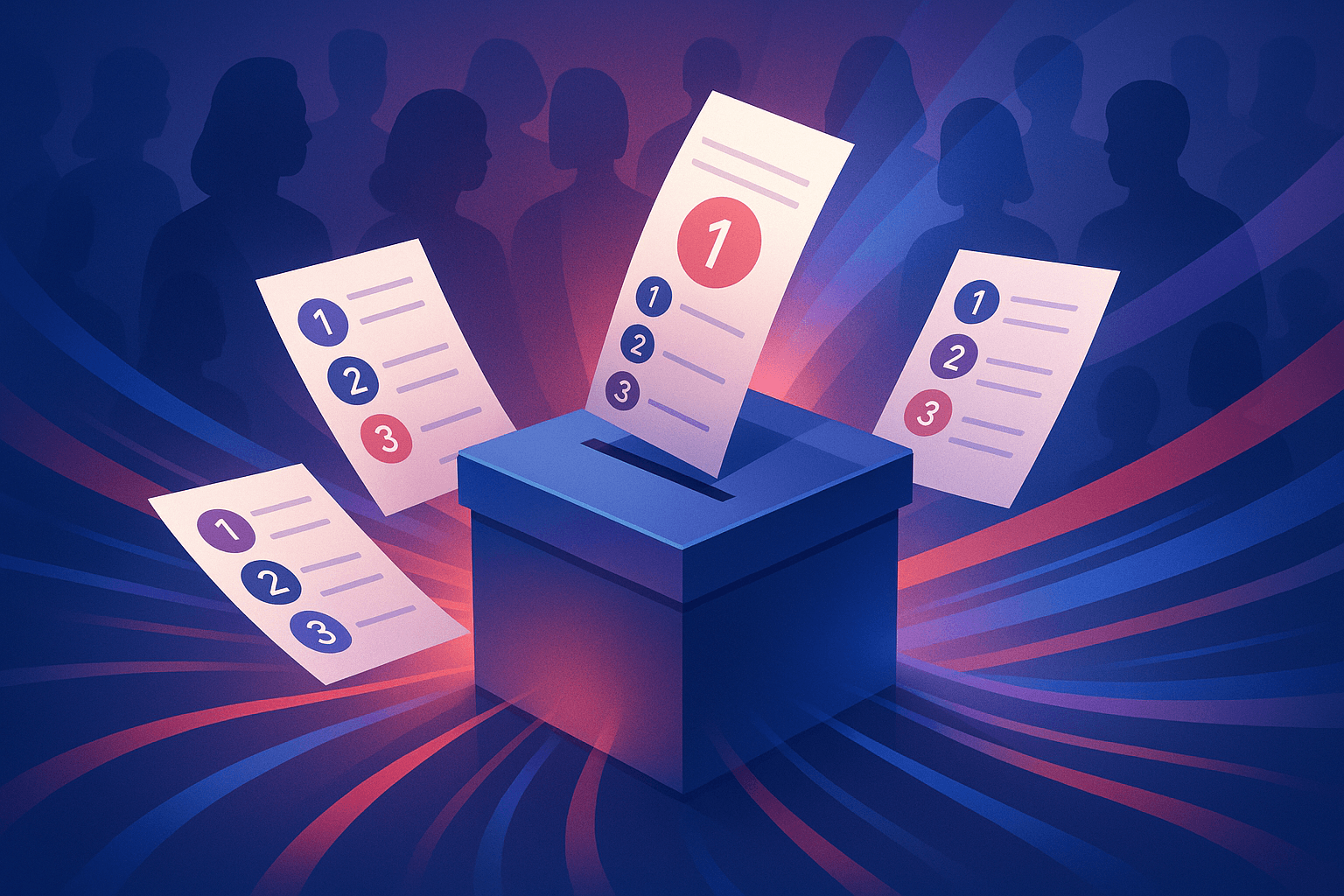Reform It or Keep It? An Important Lesson from the History of the Filibuster

Change can be challenging, particularly in the political arena. A deeply rooted history only adds to that challenge. The filibuster is an excellent case-in-point. It allows senators to prohibit a bill from being voted upon, unless three-fifths of the Senate vote to limit and then close the debate, referred to as invoking cloture. The filibuster has been both critiqued as obstructing democratic ideals and hailed as enhancing them.
This article does not take a stance on the filibuster one way or another, but instead attempts to simply learn from its history. One important lesson from this history is that precedents often prove very difficult to reverse.
Contrary to what one may have heard, the filibuster is nothing new. The tactic was present at the origins of the United States, although it would have looked much different than it does today. As Catherine Fisk and Erwin Chemerinsky note, using prolonged debate to delay a vote on a bill can be traced to 1790. At the time, there was a Senate rule that allowed senators to vote on closing the debate with a majority vote, formally called a motion for the previous question. Michael J Gerhardt suggests that this rule did not necessarily require a subsequent vote on the bill itself. Nevertheless, this rule was discontinued in 1806 and Fisk and Chemerinsky also point out, it had seen limited use. Removing the Senate rule, however, ultimately allowed for the filibuster to be employed more frequently.
Most historians would agree that filibusters were relatively limited in the early years of our new republic. As Sarah Binder asserted in a testimony before a Senate committee, “there were very few filibusters before the Civil War.”
Despite its typical lack of success, the filibuster became increasingly prevalent during the mid to latter part of the19th century, when partisan issues became more than apparent. This was also when its current name, the filibuster, originated.
The Senate reinstated the rule for limiting and then closing the debate with a two-thirds vote in 1917, calling it cloture. It was ultimately reduced to a three-fifths vote in 1975. While its intent was to offer the Senate a better chance of passing important legislation at the time, in the long run it effectively strengthened this precedent, due to the significant number of votes it requires to bring the debate to a close.
The filibusters of today, which exponentially increased during the latter half of the 20th century and into the 21st, differ from the past. To simplify it, the contemporary filibuster does not require the endless debate. The simple knowledge that the Senate lacks the required 60 votes to bring the debate to a close and the bill to a vote is commonly sufficient. In other words, the filibuster has been streamlined due to time constraints and arguably more deeply ingrained in the political process.
Still, both parties fear losing it when they are the minority. While recently calling for bipartisan election reform, Senator Joe Manchin reminded us of this fact when his party was in the minority in 2017. The Senator stated, “Then, it was Senate Democrats who were proudly defending the filibuster. Thirty-three Senate Democrats penned a letter to Sens. Chuck Schumer, D-N.Y. and Mitch McConnell, R-Ky., warning of the perils of eliminating the filibuster.” Consequently, Caroline Fredrickson argues that because the filibuster slows progress, executive orders have more appeal in recent years that do not promote our democratic tradition.
There is no Constitutional provision for the filibuster itself, it is simply a byproduct of debate and the Senate rules governing debate. Both are indeed Constitutional. Nevertheless, this all reminds one of the fundamental point. Regardless of where you stand on its potential reform, the history of the filibuster illustrates the staying power of precedents. This is irrespective of whether we conclude those precedents are productive or not.



